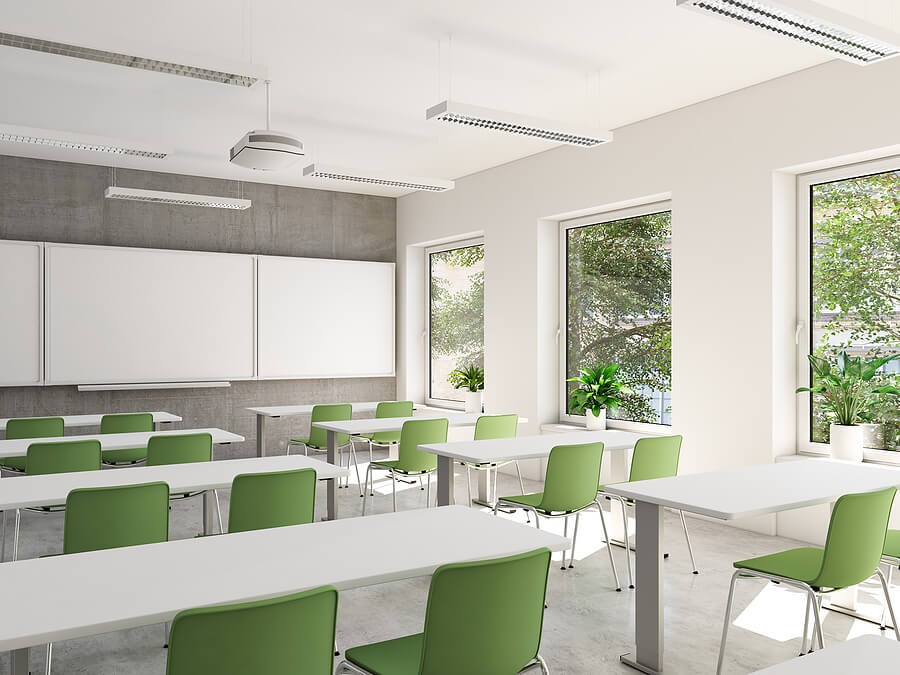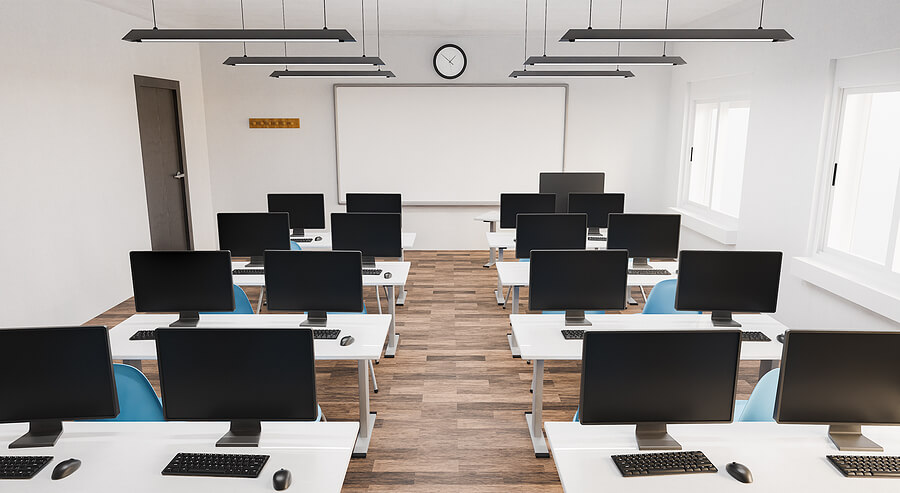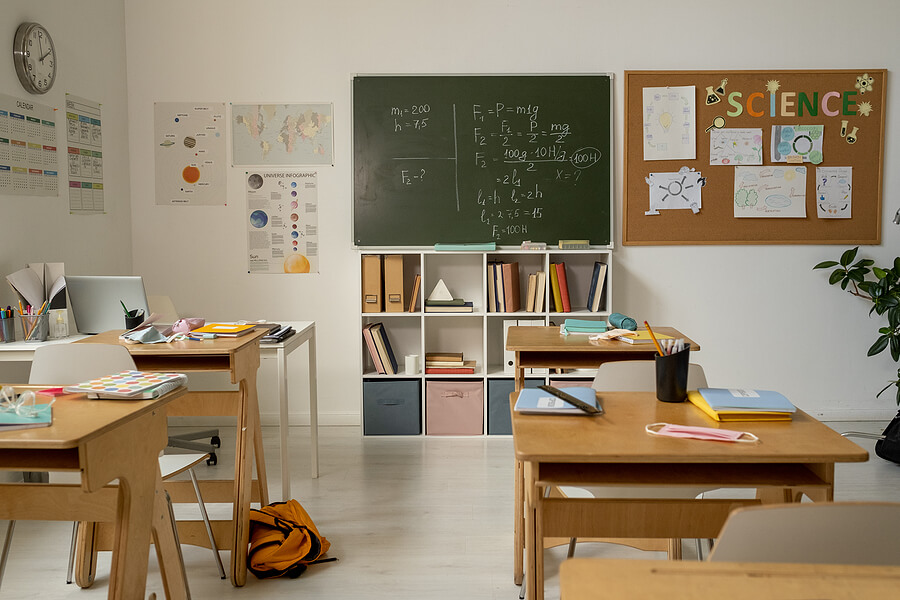Since the advent of interior design and architecture, the idea is to create a space that is aesthetically pleasing and feels good. In addition to this, design has also evolved to incorporate functionality as an essential part. Every space is considered to be unique and personalized for the inhabitants living there. Like everything else, the pandemic has reshaped the architecture and interior of spaces as well. We often hear different views on rethinking the design of offices and homes to make them more in line with modern requirements. However, one of the most neglected components is the impact of the pandemic on the educational spaces and how their design needs to be revisited to cope with the current challenges. The interior and architecture of educational spaces can directly impact the development of cognitive, creative, and character development of children. We are going to see how one can ensure the interior wellbeing of educational spaces by implementing various interior and architecture needs.
Proximity To Nature

Since the beginning, nature has played a crucial role in our lives as well as in the evolution of architecture and interior design. Integration of nature in the design to create wellness is one of the favorite practices of architects. The presence of greenery and ventilated rooms can help students be more productive as it keeps the environment fresh. Moreover, the visual connection of indoor spaces with the outdoor environment is crucial. This connection offers interest and visual stimulation to students in addition to light.
Integration Of Technology

Gone are the days when tech in schools was limited to computer labs. Modern schools need a lot more than a large room full of desktops. Technology has become an integral part of our lives and so interior designers need to think of ways to make the integration of tech look seamless, clean, and minimalistic. The wires need to be hidden, the layout needs to allow maximum wireless connection possibility. The entire tech setup of the classroom needs to be so organized that learning does not remain within the confines of the classroom but can be taken outside as well. There should be customized rooms for specific disciplines. For instance, having a law moot room with all the necessities in a law college or having a tech room with testing space in an engineering college enhances the educational space by leagues.
Furniture, Paint & Arts

The furniture of the modern educational spaces needs to cater to a variety of audiences in a personalized manner. The flexible and detachable desks are recommended to allow customization of seating spaces in the classrooms. It helps to spruce up the room without much effort. The chairs should be of adjustable height to fit in all kinds of desks in the room. There should be enough room for customization to allow individual and group studies. The paint of the space does not necessarily need to be diverse and based on the purpose of the room. There should be enough bright colors in the room that allows maximum creativity and a serene environment to focus on the subject. The cafeteria can be in neutrals. You can also use murals, and paintings to decorate the hallways, common rooms, and auditoriums.
Design To Maximize Creativity & Learning
The purpose of utilizing interior and architecture for educational spaces is to create an area that does not only affect the well-being of the students but also helps improve creative thinking and learning. The layout of the classrooms should be in line with modern learning methodologies especially experiential learning which is one of the most effective modes of learning. The classrooms should have a defined activity area that can be used to help students learn by practicing and experiencing certain things. Apart from that, architects and interior designers should take the opinions of students regarding their class interior to create an environment that can maximize creative development and learning.
Focusing on the design essentials can help create educational spaces that will ensure the development of students for a better tomorrow.